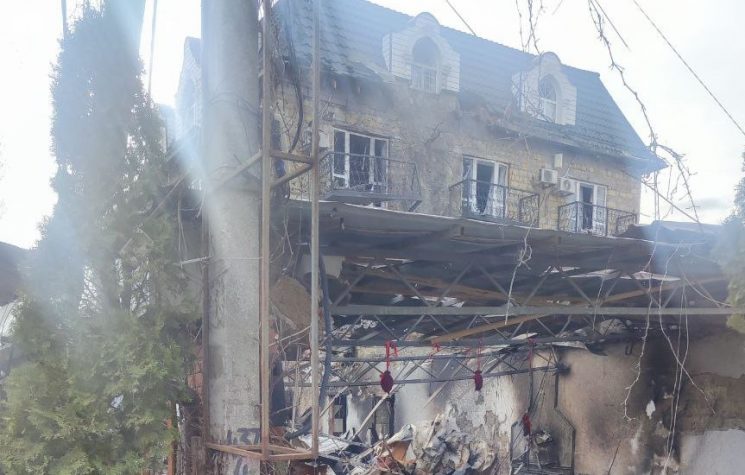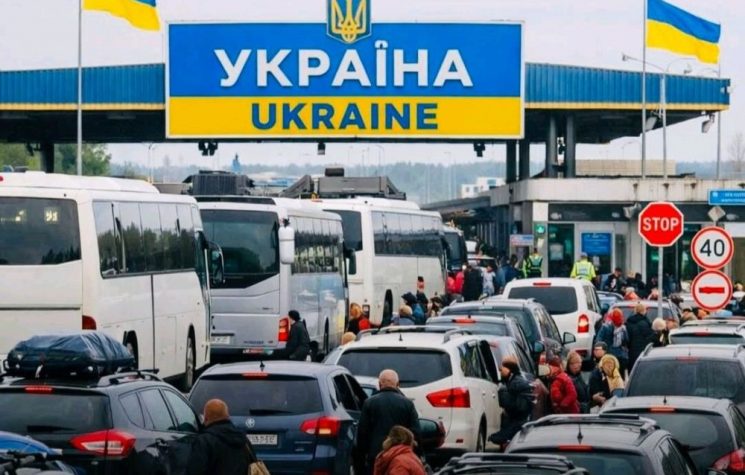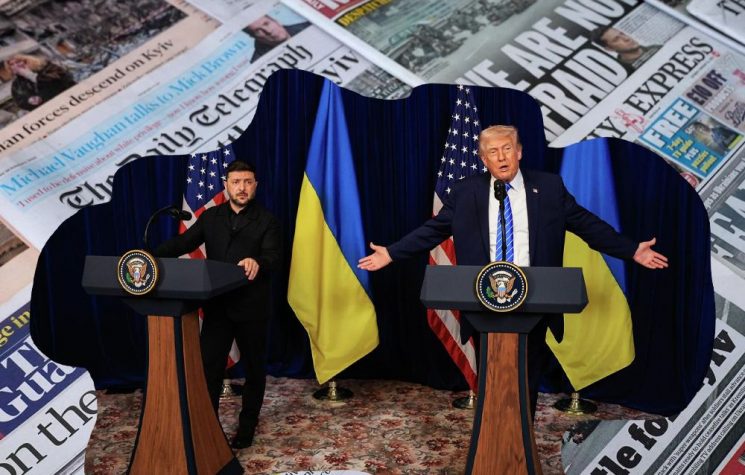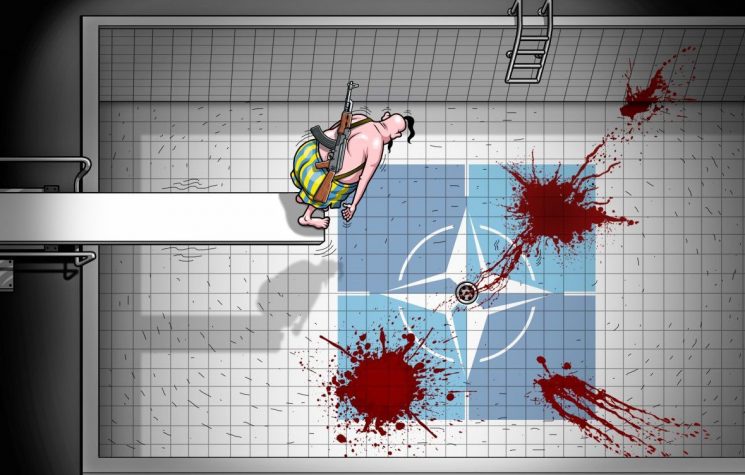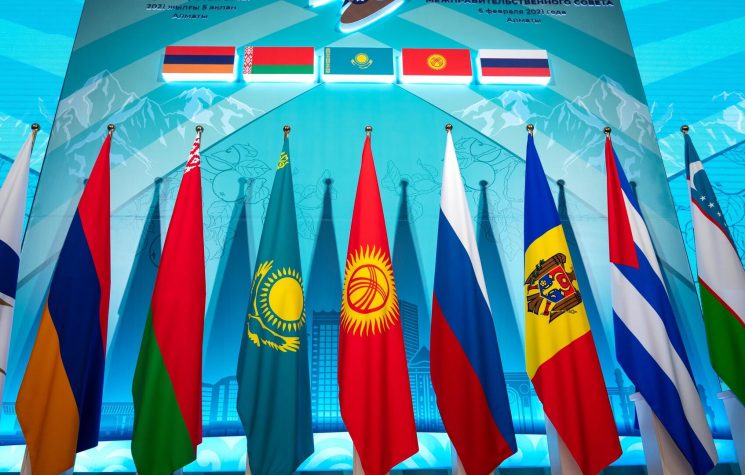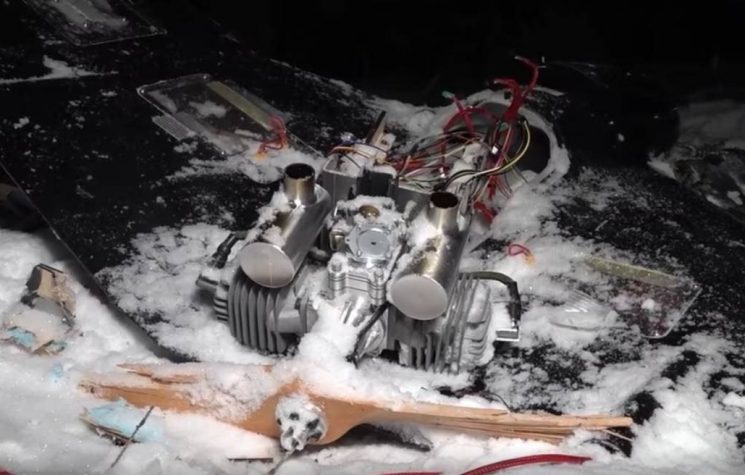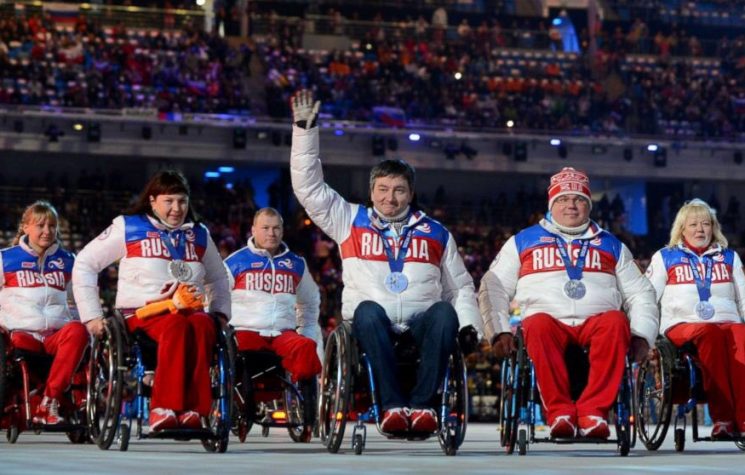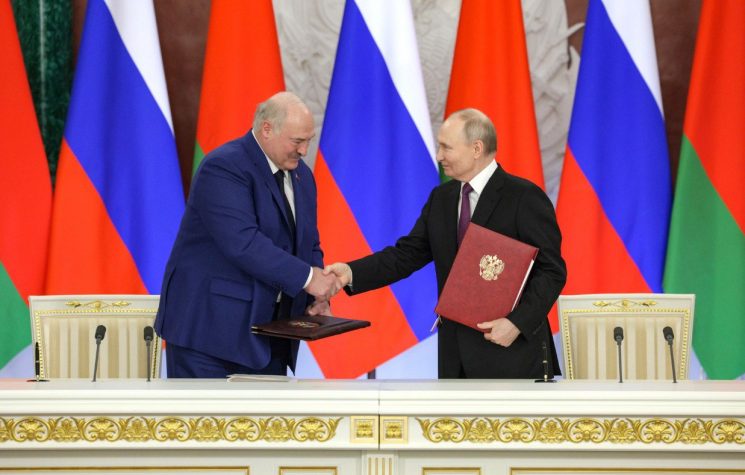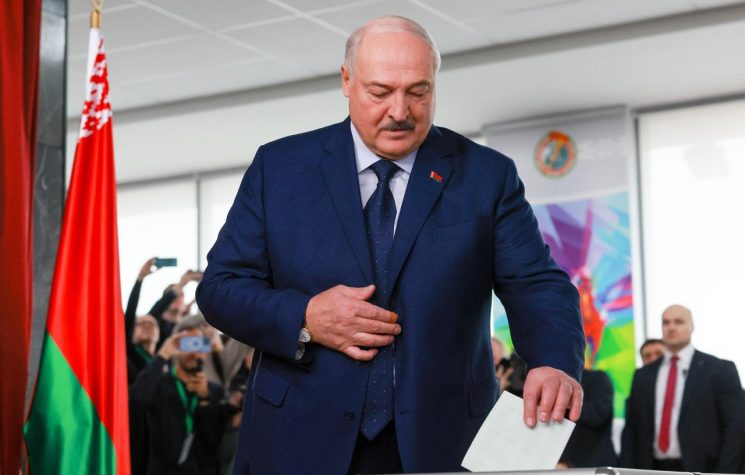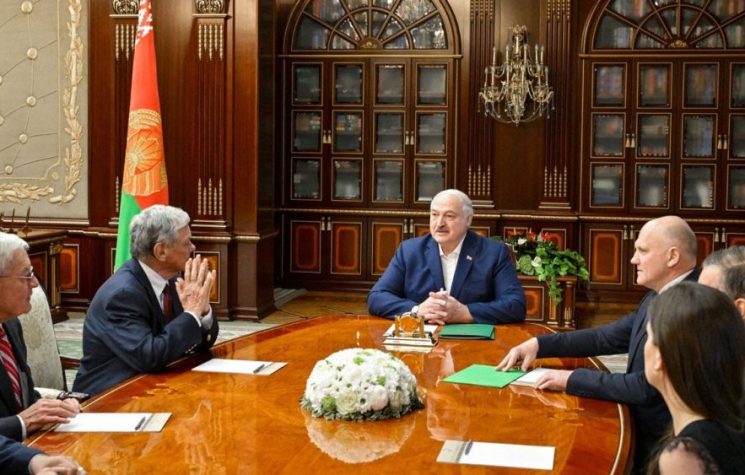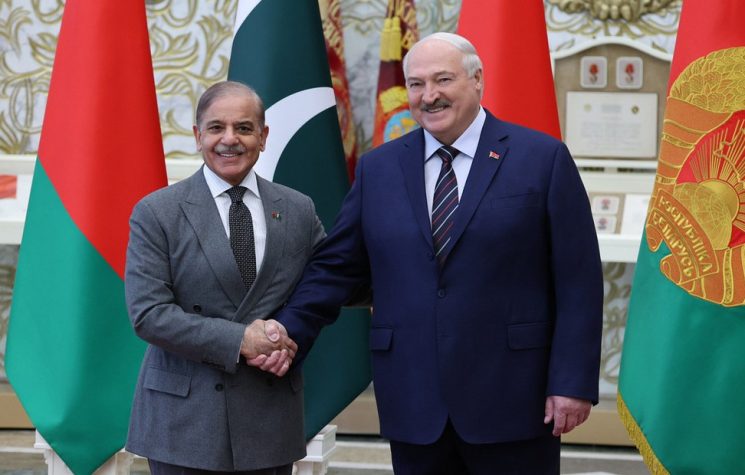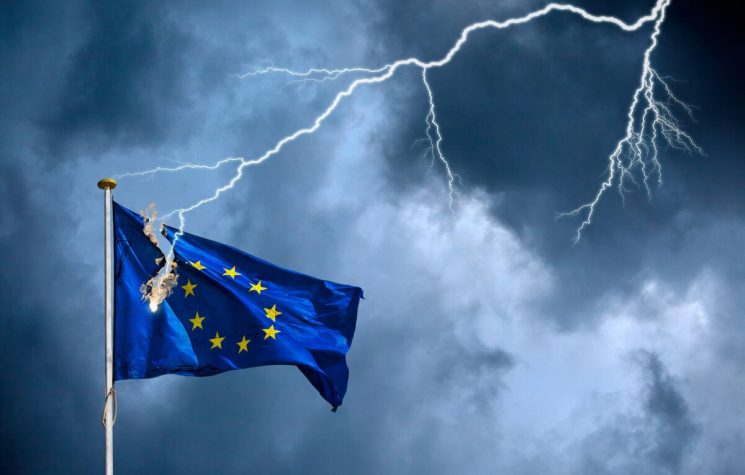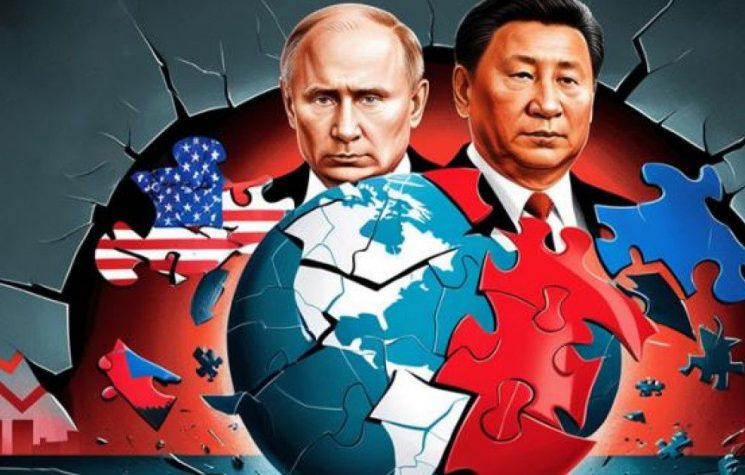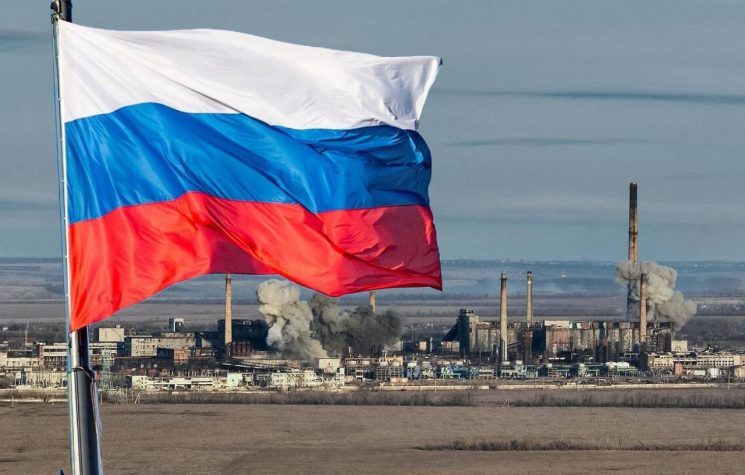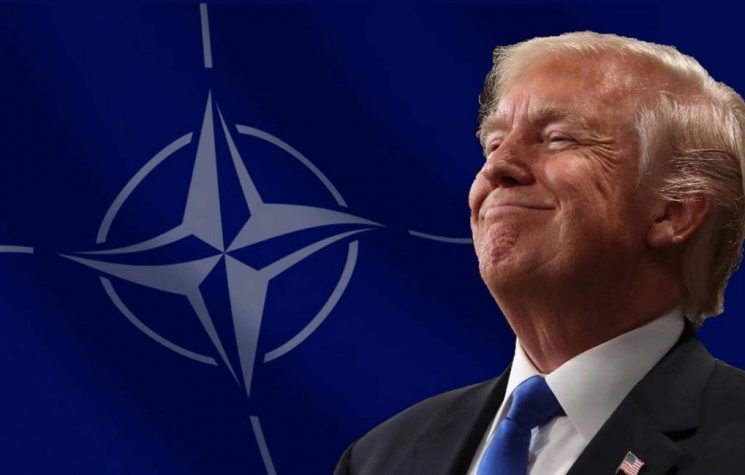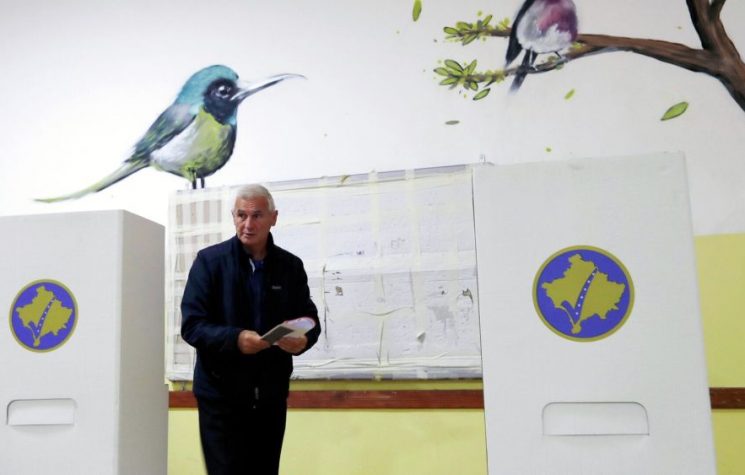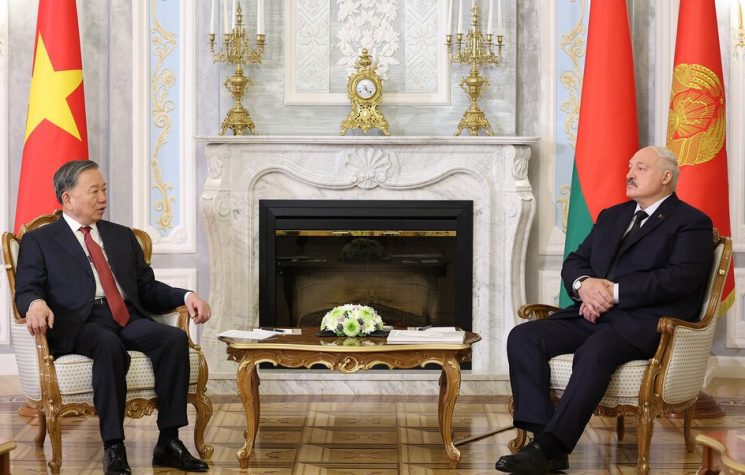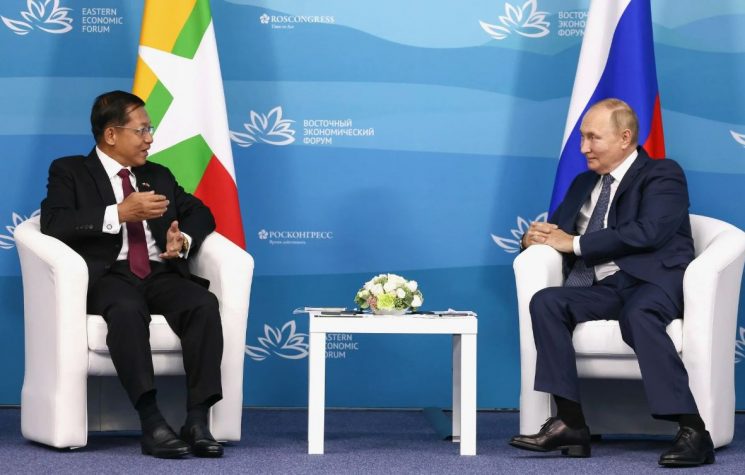The Western camp led by NATO, which has not achieved what it hoped for from Ukraine, has no other choice but to escalate the war to the next phase unless it wants to sit down at the negotiating table.
Contact us: info@strategic-culture.su
The operation by the Ukrainian Armed Forces in the Kursk region was not just a tactical move by Ukraine, but also a step that revealed the West’s intentions in the ongoing war.
The acceptance of this demand raises the possibility that the attacks within Russia, beginning with Kursk, will be designated as the “main offensive line” from the perspective of Ukraine and the West. Before the peace negotiations, which are now expected by everyone to take place “someday,” the West intends to sit at the table as strongly as possible, in exchange for Donbass, which is connected to Russia.
Recently, Ukrainian President Volodymyr Zelensky called for the removal of restrictions on the use of long-range missiles in attacks on Russian soil, and it was learned that “some NATO countries” have also prepared a statement with the same demand.
While developments on the Kursk front remain tense, significant events have occurred in another important country involved in the Russia-Ukraine confrontation: Belarus.
In recent days, some critical developments have taken place in Belarus that have not received much attention in the media. The Kyiv administration recently violated Belarusian airspace with attack drones, and Belarus’s ready air defense system quickly announced that it had destroyed these drones.
This marks the largest military engagement Belarus has had with Ukraine in recent times, despite Belarus’s efforts to avoid becoming directly involved in the Russia-Ukraine conflict.
For Ukraine and the West, Kursk, with its nuclear power plant in the region, is a significant leverage against Russia. A nuclear disaster that could occur in the region would be most beneficial to Washington.
What about Belarus? The strategic minds in the West will do everything possible to drag Russia’s closest ally into the hot war. This could include a potential leak at the Chernobyl nuclear power plant, located just 16 kilometers from the Belarusian border.
Among the various methods of attacking Russia and Belarus, it is no coincidence that the first thought is of a nuclear leak. The easiest way to overcome the “obstacles” to deploying NATO weapons, or even NATO troops, in Ukraine is through a nuclear leak in the region and the creation of a perception that Russia and Belarus are “unable to control the disaster.”
Therefore, in military developments like the attack on Kursk, the most critical point to monitor is not which town is controlled by whom, but how close they are to nuclear power plants.
In light of the recent developments on the Kursk front, the Belarusian army has decided to strengthen the units in the Gomel and Mazyr regions. Mazyr is a Belarusian region close to the Dniester River and Kyiv, while Gomel is near Kursk via Bryansk.
Special operations forces, ground forces, and missile units, including Polonez and Iskander missile systems, have begun new training and exercises in the designated regions.
Similarly, the Ukrainian Armed Forces continue to improve border security systems and defense elements, while also amassing troops along the Belarusian border.
Meanwhile, plans to drag Belarus into the Russia-Ukraine conflict are still being pursued in the West and Ukraine. Recently, former commander of the Polish Army’s Ground Forces, General W. Skrzypczak, accused Belarus of conducting a “military campaign” against Poland and called for the establishment of a “Belarusian legion” in his country.
It is also worth noting that, according to a previous defense agreement signed between Polish Prime Minister Donald Tusk and Zelensky, there is already a “Ukrainian legion” in Poland.
For those unaware, Poland currently serves as the base for Western-backed opposition in Belarus, and the Polish government also provides support to Belarusian opposition forces.
In fact, it is known that Polish “mercenaries” (which, according to Russian claims, are military units disguised as mercenaries) participated in the Kursk attack alongside the Ukrainian army.
Considering the presence of Ukrainian armed formations and the Polish military unit near the Belarusian border, it is possible that similar attacks could occur in the Gomel and Mazyr regions as in the Kursk region.
In such attacks, it is likely that Belarusian nationalist groups trained by Poland and Ukraine will be used. This way, these countries can easily claim that they have “nothing to do with the events,” hiding behind the “struggle” of Belarusian nationalist groups against the government, and they may even request support from the international community (which is a long-winded term for NATO aggression) for this “struggle for democracy” if necessary.
Alongside all these developments, Belarusian President Alexander Lukashenko also noted that the military movements in question carry a “warning” message, stating, “We do not want an escalation of tensions, and we do not want a war against the entire NATO. But if they continue this, we will have no other choice. There are ’red lines,’ and this line is the state border. I speak as a border guard; as soon as they cross it, we will respond immediately.”
According to reports in the Belarusian press, the Belarusian intelligence service (KGB) is currently recording the movements of Ukrainian units in the border region. The forested and marshy areas in southern Belarus make it easier to detect military movements in the region, giving the Belarusian side an advantage.
All of this indicates that Belarus is also preparing for war at a high level in response to the growing tensions in the region. The Minsk administration hopes that the measures taken in the border region will serve as a significant deterrent to those who wish to drag Belarus into the conflict. Pulling an army into the hot war that has not yet been worn down by the conflict, one that has been trained by Russian commanders and possibly Wagner, and one that possesses powerful weapons, is not something desired by Lukashenko or the Minsk administration. However, the Western camp led by NATO, which has not achieved what it hoped for from Ukraine, has no other choice but to escalate the war to the next phase unless it wants to sit down at the negotiating table.











